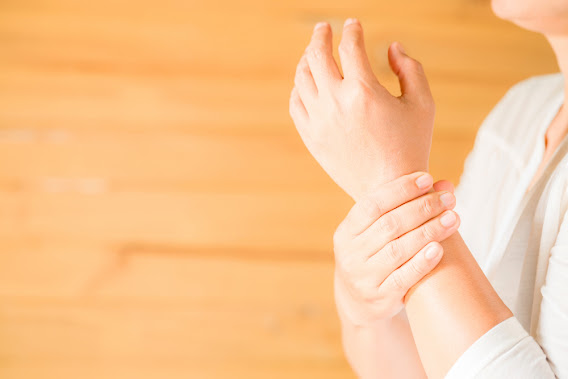What Causes Joint Pain? Here’s What You Should Know
Joint pain is a common problem that affects people of all ages. It can range from mild discomfort to debilitating pain, impacting daily activities and reducing the quality of life. While joint pain is often associated with aging, it can occur due to various other factors as well. Understanding the causes can help in finding the right treatment and preventing further damage. If you're experiencing joint pain, it’s essential to consult a bone specialist doctor in Indore to get an accurate diagnosis and treatment plan.
Here’s a closer look at some of the common causes of joint pain:
1. Arthritis
Arthritis is one of the leading causes of joint pain. There are over 100 different types of arthritis, but the two most common are Osteoarthritis (OA) and Rheumatoid Arthritis (RA).
- Osteoarthritis (OA): This is a degenerative joint disease that occurs when the cartilage that cushions the joints breaks down over time. As a result, bones rub against each other, leading to pain, stiffness, and swelling. Osteoarthritis usually affects older adults but can also occur in younger individuals due to injury or overuse.
- Rheumatoid Arthritis (RA): This is an autoimmune disorder where the body’s immune system attacks the synovial lining of the joints, causing inflammation. Over time, this can lead to joint damage and chronic pain. RA can affect people of any age and usually impacts multiple joints simultaneously.
2. Injury
Joint injuries, whether from accidents, sports, or overuse, can cause significant pain. Common injuries include:
- Sprains: These occur when ligaments, the tissues that connect bones, are stretched or torn.
- Strains: Muscle or tendon injuries can cause joint pain if they occur near or around the joint.
- Fractures: A broken bone near a joint can lead to joint pain, even after the bone has healed.
If you’ve suffered from any joint injuries, early diagnosis and treatment from a bone specialist doctor in Indore can help prevent long-term complications.
3. Bursitis
Bursae are small, fluid-filled sacs that cushion the bones, tendons, and muscles near the joints. When these sacs become inflamed, it leads to a condition called bursitis, which can cause joint pain. Bursitis is often caused by repetitive motions or prolonged pressure on the joint. Commonly affected areas include the shoulders, elbows, and hips.
4. Tendinitis
Tendinitis occurs when the tendons, the thick cords that attach muscles to bones, become inflamed. This inflammation can cause joint pain, especially in the knees, shoulders, and elbows. Tendinitis is often caused by overuse or repetitive motion, especially in athletes or individuals with physically demanding jobs.
5. Infections
Certain infections can cause joint pain, such as septic arthritis. This type of arthritis occurs when bacteria or viruses infect a joint, causing swelling, pain, and redness. It's a medical emergency and requires immediate treatment from a qualified doctor.
6. Gout
Gout is a form of arthritis caused by the accumulation of uric acid crystals in the joints. It often affects the big toe but can occur in other joints as well. Gout attacks are sudden and can cause intense pain, redness, and swelling. If left untreated, it can lead to chronic joint damage.
7. Autoimmune Diseases
Aside from rheumatoid arthritis, other autoimmune diseases such as lupus can cause joint pain. In these conditions, the immune system mistakenly attacks the body's own tissues, including the joints, leading to pain and inflammation.
8. Age and Obesity
As we age, the wear and tear on our joints increases, making joint pain more common. Additionally, carrying excess weight places more stress on the joints, particularly the knees, hips, and spine. This can exacerbate conditions like osteoarthritis and contribute to joint pain.
Seeking Treatment
If you're suffering from joint pain, it’s important to consult the best orthopedic doctor in Indore. They can perform a thorough evaluation, including physical exams and imaging tests, to determine the exact cause of your pain. Based on the diagnosis, treatment options may include:
- Medication to reduce pain and inflammation
- Physical therapy to strengthen muscles around the joint
- Lifestyle changes, such as weight loss or modifications in activity
- In some cases, surgical intervention may be necessary
.png)


Comments
Post a Comment